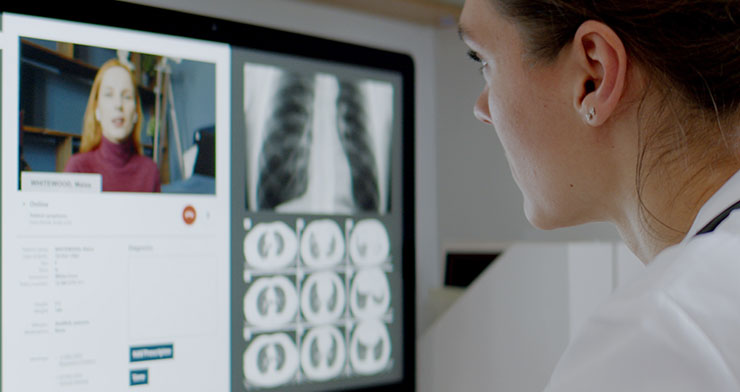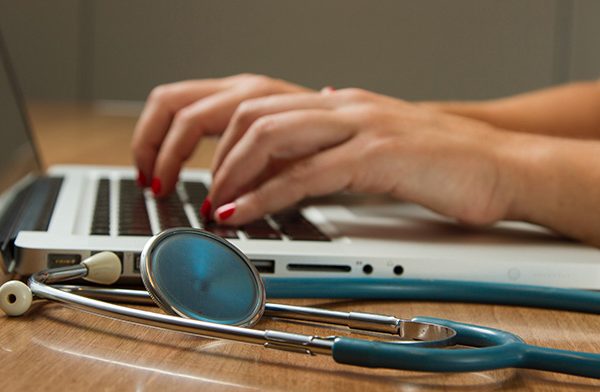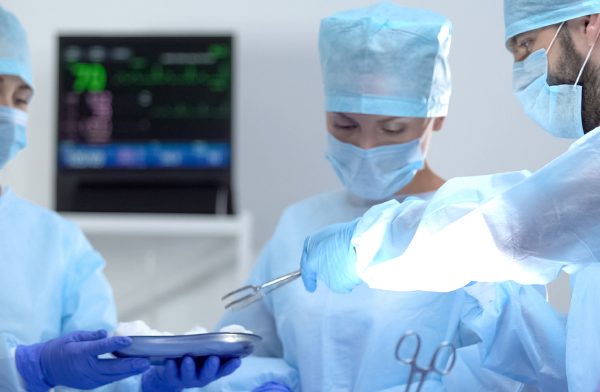
With a growing backlog of elective surgery and fears that winter pressures could destabilise any efforts being made to tackle waiting lists, NHS resources are under pressure. This in turn puts hospital discharges firmly in the spotlight. Recovery at home can be beneficial as it avoids lengthy hospital stays and frees up hospital resources. However, clinicians responsible for safe and effective discharge from hospital want to ensure that patients can be routinely monitored for any changes in their clinical condition. This is where technology can be used to make recovery at home a reality.
Evidence suggests that patients with chronic disease who are sent home to recover as part of a hospital at home programme are less likely to be readmitted to hospital. As for health and care staff, they can be confident that any signs of deteriorating health will be picked up after a patient has been discharged from hospital. Connected real-time monitoring means less time is spent on in-person visits and it can also help to improve clinical documentation which is vital for the audit trail. With further evidence to support that virtual wards can be implemented inexpensively, and at scale, there is real opportunity to take pressure off overstretched hospital services.
Click here to access the evidence, find out about how technology is helping ‘Margaret’ to recover at home, and discover how remote monitoring can help improve patient outcomes.



